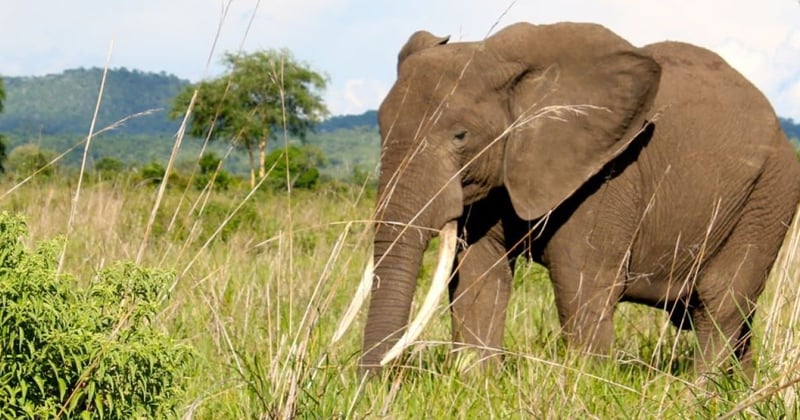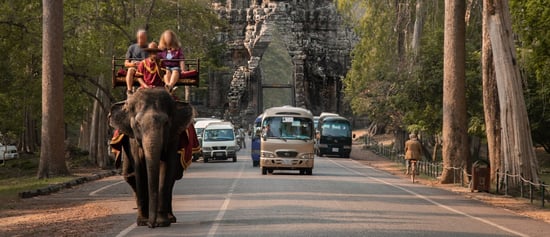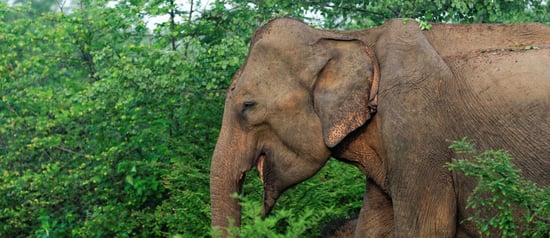
Three myths about elephant rides and shows
News
Contrary to what is often claimed, there is a cruel reality behind the use of elephants in rides and shows, which tourists are largely unaware of. Here we refute three of the common myths about elephants in the tourism entertainment industry.
We're asking tourists to commit to being elephant friendly travellers. Sign now and don't get taken for a ride on your next holiday
Share the below information with anyone you know who is planning an overseas trip. Together, we can debunk common myths and learn to be elephant friendly travellers
Myth 1: Elephants are domesticated animals
'Domesticated’ means that an animal species has been selectively bred by humans for many generations to have particular physical characteristic and behaviours. Domestic animals have undergone genetic changes that allow them to readily adapt to captive conditions alongside humans.
When elephants are described as domesticated, it leads people to believe that the animal has lost its wild instincts and adapted to life in human company like dogs or horses. But even if born in captivity, elephants are wild animals.
By the time you come to ride an elephant, it may appear docile and calm but this is because its spirit has been broken. The breaking of the spirit, also called Phajaan or ‘the crush’, is exceptionally cruel. It involves physical restraints and withholding food and water, and in many cases severe pain is inflicted. Bullhooks are the most common tools use by elephant trainers (mahouts). They usually have sharp metal hooks at the end and are used on the sensitive areas of the elephant’s skin to force obedience.
Myth 2: There are responsible elephant rides
Elephants may be large and strong but their backs are not built for heavy loads. The saddle and weight of passengers can cause pain and injuries. They are also not physically built to stand on their hind legs as they do in shows. These tricks are performed only because of being trained through pain and fear.
Most elephants are chained for long periods between shows and rides, very often in isolation. This causes stress and unnatural behaviours such as ‘weaving’, where they compulsively move their heads from side to side. Elephants are intelligent and social heard animals. In the elephant entertainment industry, their complex social needs cannot be met.
Myth 3: Keeping elephants in captivity ensures the conservation of elephants in the wild
Keeping elephants for tourism in fact damages their conservation status. Reproduction rates of elephants in captivity are extremely low and do not meet the demand for new elephants in the tourism industry.
Consequently, elephants are poached from the wild to fuel tourist entertainment. This is considered a major threat to the wild Asian elephant population which has declined dramatically over the last century.
Capturing elephants in the wild is a brutal activity and there are increasing reports of protective mothers and aunts killed in the capture of young elephants. Most of the captured elephants are born in Myanmar and then smuggled across the border to Thailand for use in the tourism industry, where an elephant calf can fetch around 33,000 USD.
Sign now and don't get taken for a ride on your next holiday.
Keeping elephants for tourism in fact damages their conservation status.
Elephant rides
Today, more than 3,000 elephants are being used and abused to entertain tourists and visitors across Asia.
Our wildlife work
Around the world, wild animals are being exploited. They’re hunted down, trapped and farmed in captivity, all to be sold and abused for entertainment, medicine, fashion, pets and products.




